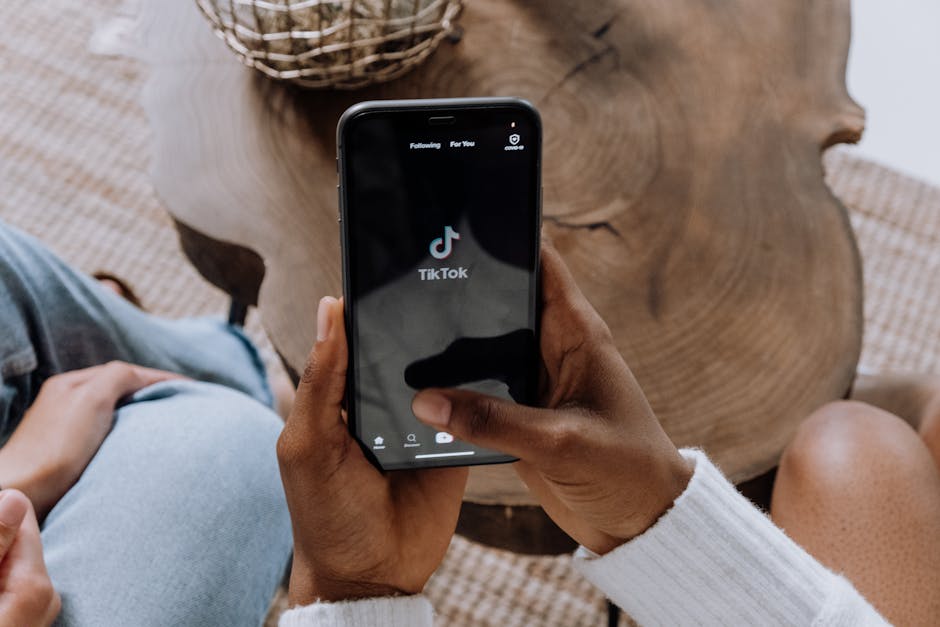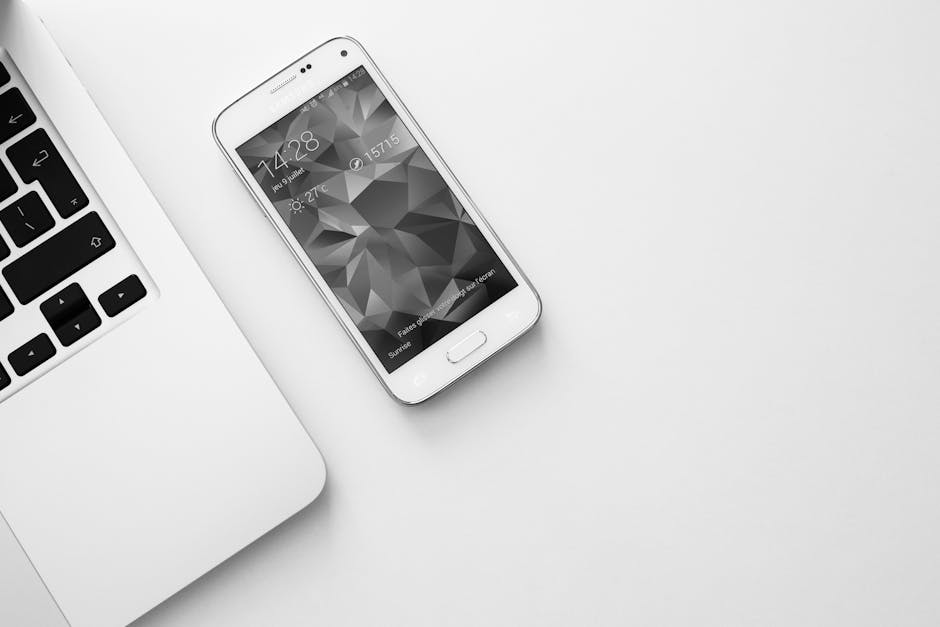The iPhone 7 Plus, released in 2016, marked a significant step forward in mobile photography and remains a notable device in Apple’s history, even years after its initial launch. It introduced features that are now commonplace in smartphones, setting a new standard for the industry. Let’s delve into what made this phone so groundbreaking and how it holds up today.
The Design and Display of the iPhone 7 Plus
The iPhone 7 Plus maintained a familiar design language, building upon the aesthetic established by its predecessors. The aluminum unibody construction offered a premium feel, and the introduction of new colors like Jet Black (though prone to scratches) and Matte Black added to its appeal. While the overall form factor wasn’t drastically different, subtle refinements, such as the repositioned antenna lines, contributed to a cleaner look.
The 5.5-inch Retina HD display with a resolution of 1920 x 1080 pixels provided vibrant colors and sharp details. While it wasn’t the highest resolution screen available at the time, its color accuracy and brightness made it a pleasure to use for everyday tasks and media consumption. The display also featured wide color gamut support, further enhancing the visual experience.
Water Resistance: A Welcome Addition
A significant improvement was the addition of IP67 water and dust resistance. This meant the iPhone 7 Plus could withstand submersion in up to one meter of water for 30 minutes, offering users greater peace of mind. While not fully waterproof, this level of protection was a welcome feature and a first for the iPhone line.
The Revolutionary Dual-Camera System
The defining feature of the iPhone 7 Plus was undoubtedly its dual-camera system. This was the first time Apple had implemented such a setup, and it proved to be a game-changer for mobile photography. The system comprised two 12-megapixel lenses: a wide-angle lens and a telephoto lens.
This combination allowed for:
Optical Zoom: The telephoto lens provided 2x optical zoom, enabling users to get closer to their subjects without sacrificing image quality. Portrait Mode: This innovative mode used the dual lenses to create a shallow depth of field effect, blurring the background and emphasizing the subject. Portrait mode quickly became a popular feature and set a new standard for smartphone portrait photography. Improved Low-Light Performance: The wider aperture and image processing capabilities of the iPhone 7 Plus resulted in improved low-light performance compared to previous models.
Camera Specifications in Detail
Wide-angle lens: 12MP, f/1.8 aperture Telephoto lens: 12MP, f/2.8 aperture Optical image stabilization (OIS): Available on the wide-angle lens Quad-LED True Tone flash 4K video recording at 30fps
The front-facing camera also received an upgrade, with a 7-megapixel sensor capturing sharper and more detailed selfies.
Performance and Battery Life
Powered by the A10 Fusion chip, the iPhone 7 Plus delivered a significant performance boost over its predecessor. The quad-core processor and improved graphics processing unit (GPU) handled demanding tasks with ease, providing a smooth and responsive user experience.
The A10 Fusion chip also incorporated a new power efficiency controller, which helped to improve battery life. While battery life varied depending on usage, the iPhone 7 Plus generally offered a full day of use for most users.
Key Performance Specifications
A10 Fusion chip: Quad-core processor 3GB of RAM Storage options: 32GB, 128GB, or 256GB iOS 10 (at launch)
The Legacy of the iPhone 7 Plus and its Audio Considerations
While the iPhone 7 Plus was praised for its many innovations, it also marked the controversial removal of the 3.5mm headphone jack. This decision was met with mixed reactions, with some users lamenting the loss of a familiar standard, while others embraced the move towards wireless audio.
Apple included Lightning EarPods and a Lightning-to-3.5mm adapter in the box, but the lack of a dedicated headphone jack was a significant change for many users. This move paved the way for the widespread adoption of wireless headphones and the rise of Apple’s own AirPods.
The iPhone 7 Plus also featured stereo speakers for the first time, providing a richer and more immersive audio experience. The speakers were located at the bottom of the device and in the earpiece, delivering a wider soundstage.
Additional Sources and References
Is the iPhone 7 Plus Still Worth It Today?
Even though newer iPhones have been released, the iPhone 7 Plus remains a capable device for many users. Its dual-camera system still takes impressive photos, and its performance is adequate for everyday tasks. However, there are some factors to consider:
Software Updates: While the iPhone 7 Plus received several years of software updates, it may no longer be supported by the latest versions of iOS. This could limit access to new features and security updates. Battery Life: Battery life may have degraded over time, especially if the device has been heavily used. Replacing the battery could improve performance.
- Competition: Newer smartphones offer significant improvements in terms of camera technology, display quality, and performance.
However, the iPhone 7 Plus can still be a viable option for users on a budget or those who don’t require the latest and greatest features.
Ultimately, the decision of whether or not to purchase an iPhone 7 Plus depends on individual needs and priorities. If you value a capable camera, decent performance, and a familiar design, the iPhone 7 Plus could still be a worthwhile option. If you need cutting-edge features and the latest software updates, you may want to consider a newer iPhone model.
The iPhone 7 Plus was a pivotal device that shaped the future of smartphones. Its dual-camera system, water resistance, and improved performance set a new standard for the industry and cemented Apple’s position as a leader in mobile technology. Even today, it serves as a reminder of how far smartphones have come. Consider your needs and budget carefully before making a decision, and you’ll be sure to find the right iPhone for you. Ready to explore your options?






